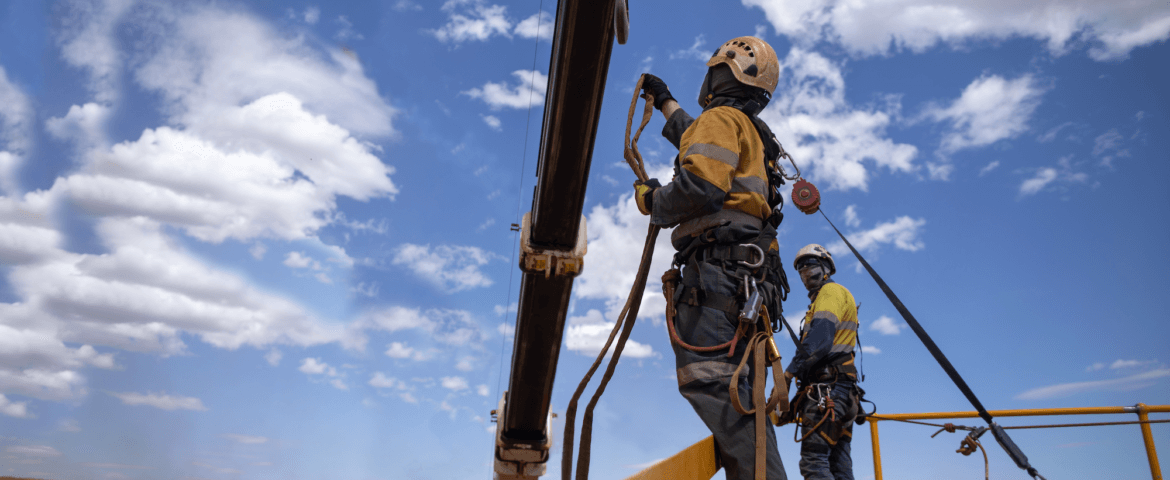2
Regarding workplace safety, fall protection netting systems should be a top priority for any employer. According to the Occupational Safety and Health Administration (OSHA), falls are one of the leading causes of workplace injuries and fatalities. Therefore, it is essential to implement an OSHA-compliant fall protection system to ensure the safety of your employees. Let our professionals at Safeline-FP explain the main elements of an OSHA-compliant fall protection system.
Conducting a Hazard Assessment
Creating an effective and custom fall protection system is essential, especially when identifying potential fall hazards in the workplace. Therefore, OSHA requires employers to conduct a hazard assessment to determine where and when fall protection is necessary. A competent person who can identify fall hazards and recommend appropriate fall protection measures should complete this assessment.
Fall Prevention
The best way to protect employees from falls is to prevent them from happening in the first place. Therefore, employers should eliminate or reduce fall hazards and add fall protection netting systems. Those steps may include providing guardrails, safety nets, or other physical barriers to prevent falls.
Fall Arrest Systems
Employers must provide fall arrest systems to protect employees who may be exposed to fall hazards. Fall arrest systems typically include a body harness, lanyard, and anchor point to secure the employee in the event of a fall. Therefore, it is essential that fall arrest systems are correctly installed, inspected, and maintained to ensure their effectiveness.
Proper Employee Training
Employers must provide training to employees who may be exposed to fall hazards. This training should include recognizing fall hazards, properly using fall protection equipment and emergency procedures in the event of a fall. In addition, train employees on how to properly inspect and maintain fall protection equipment.
Regular Inspection and Maintenance
Another critical element of OSHA-compliant fall protection systems is regularly inspecting and maintaining fall protection equipment. Regular inspection is necessary to ensure equipment effectiveness. Therefore, employers should develop a written inspection and maintenance program that includes regular inspections, repairs, and equipment replacements as necessary.
Protect Workers with Safeline-FP Fall Protection Netting Systems
Implementing an OSHA-compliant fall protection system can help prevent workplace injuries and fatalities. By conducting a hazard assessment, preventing falls where possible, providing fall arrest systems, training employees, and inspecting and maintaining equipment, you can ensure the safety of your employees while on the job. Contact Safeline-FP for any enquires regarding custom fall protection systems.



